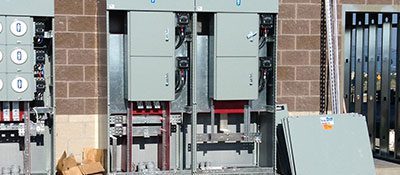In today’s health-conscious world, the safety of kitchenware is a topic of increasing concern for many households. Per- and polyfluoroalkyl substances (PFAS) are a group of man-made chemicals found in many everyday products, including some non-stick cookware. These substances are known for their persistence in the environment and in our bodies, leading to growing health concerns. As awareness increases, more consumers are looking for PFAS free alternatives to ensure their cooking environments are as safe as possible. This article explores safe, practical alternatives to PFAS-containing kitchen items, helping you to make informed choices for a healthier kitchen.
Understanding PFAS and Its Risks
PFAS chemicals are widely used because of their ability to resist heat, oil, stains, grease, and water. However, their strong resistance to natural degradation means they can accumulate in the human body over time, potentially leading to adverse health effects such as thyroid disease, increased cholesterol levels, and even cancer. This persistence has earned them the nickname “forever chemicals.”
Alternatives to PFAS-Containing Cookware
Switching to PFAS-free cookware is a significant step toward a healthier kitchen. Here are some safer materials and products to consider:
• Ceramic Cookware: Unlike traditional non-stick pans that might contain PFAS, ceramic cookware offers a non-toxic, non-stick surface without the health risks. Ensure that the ceramic is labeled 100% PFAS-free.
• Cast Iron: Known for its durability and natural non-stick properties when seasoned properly, cast iron is a reliable choice for those looking to avoid PFAS.
• Stainless Steel: Highly durable and resistant to rust and corrosion, stainless steel is ideal for all types of cooking and is completely PFAS-free.
• Glass Cookware: Inert and absolutely free from chemicals like PFAS, glass cookware is an excellent option for baking and storing food.
Tips for a PFAS-Free Kitchen
Transitioning to a PFAS-free kitchen involves more than just changing your cookware. Consider the following tips to minimize your exposure:
• Read Labels Carefully: Always check product labels for any mention of PFAS or related chemicals, especially when purchasing mats, baking sheets, and other kitchen tools.
• Choose Natural Materials: Opt for utensils and storage containers made from natural materials like bamboo, wood, or glass.
• Be Wary of Packaging: Some food packaging is treated with PFAS to resist grease. Opt for fresh or frozen foods that aren’t packaged in potentially treated materials.
Conclusion
Embracing PFAS free alternatives in your kitchen is not only a step toward healthier cooking but also contributes to a healthier environment. By selecting the right materials and being mindful of the products you use, you can significantly reduce your exposure to these harmful chemicals. Remember, every small change contributes to a larger impact on your well-being and that of the planet. Start exploring safer alternatives today and enjoy the peace of mind that comes with a toxin-free kitchen.


